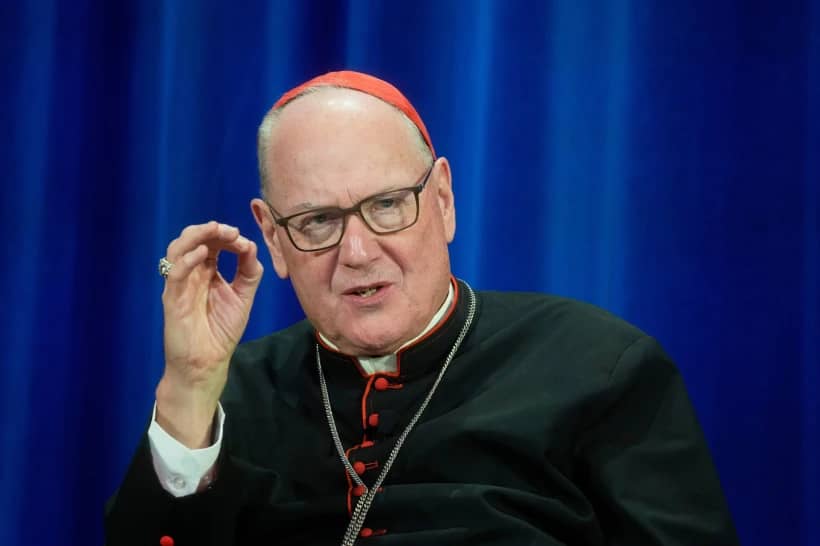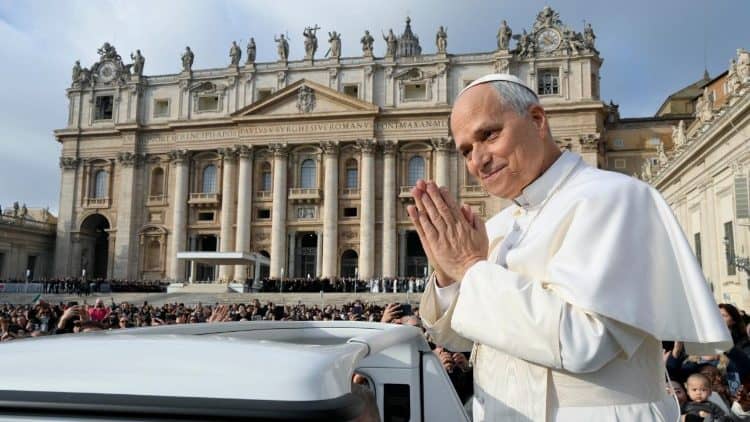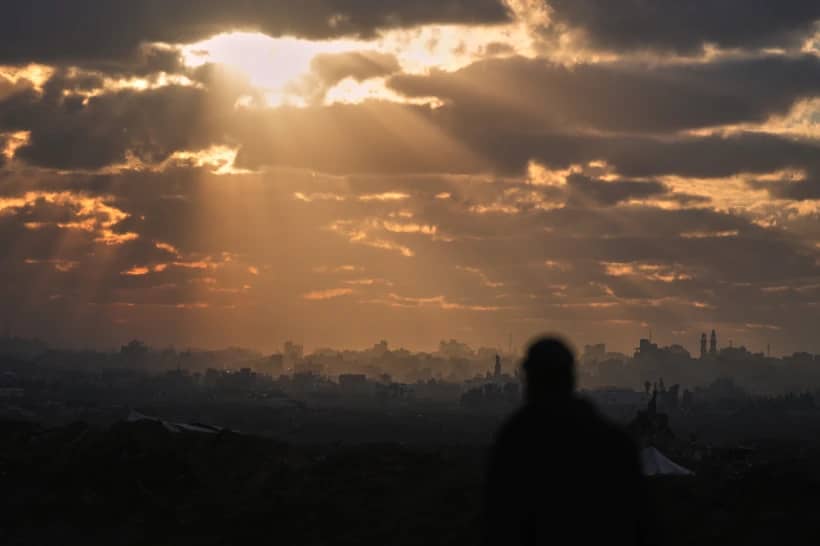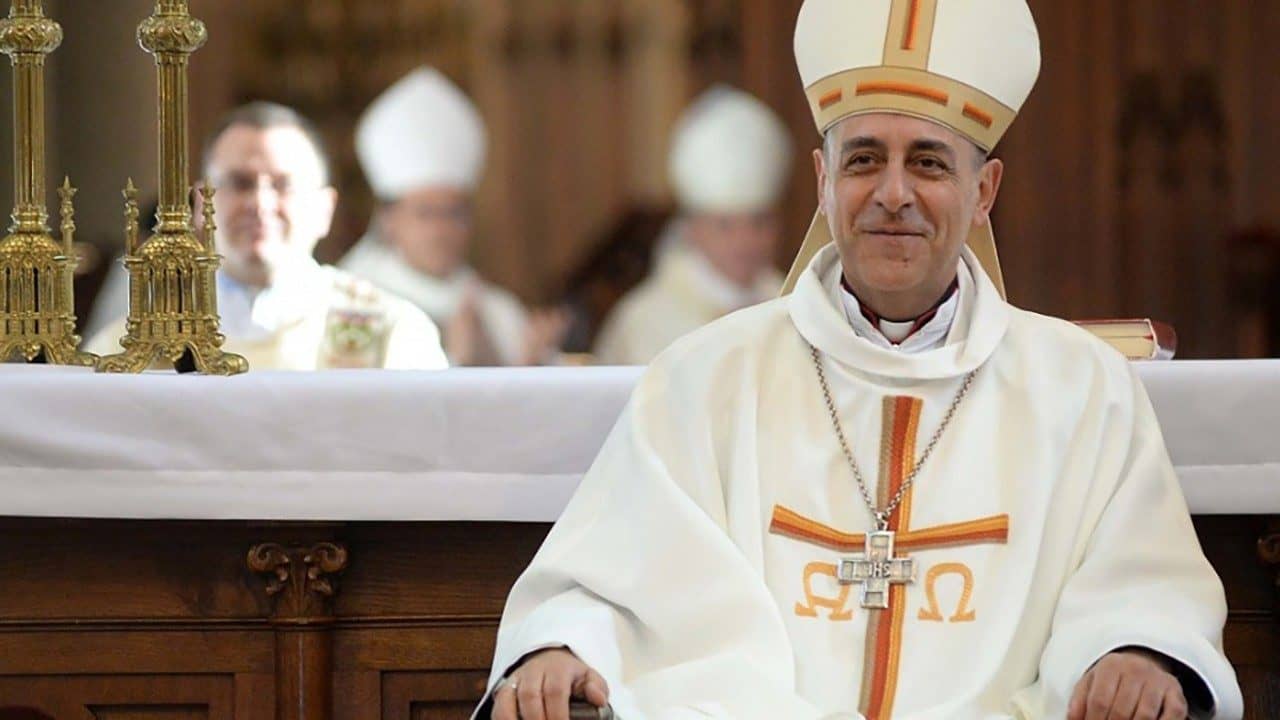KEY WEST, Florida – Although horticulturists insist that the black legend of kudzu, an ornamental Asian plant popularly known as the “vine that ate the south,” is largely undeserved, it’s nonetheless infamous below the Mason-Dixon line. Introduced in the late 19th century to prevent soil erosion, it became known for its uncontrollable expansion – no matter how hard you tried to kill it, it just kept coming back.
The past week reminded me that religion is a bit like kudzu, in that it keeps popping back up even in places you’d least expect it.
The lesson was brought home during a vacation in Key West, the southernmost point in the continental United States and the last of the Florida Keys, nestled at the intersection of the Atlantic Ocean and the Gulf of Mexico just 90 nautical miles from Havana. It was my fourth time there, and God help me, I do love it so.
Once a pirate enclave, Key West a little over a century ago was home to thriving salvage, shrimping, turtle-hunting and cigar-rolling enterprises. It was the most populous city in Florida and the wealthiest city in America per capita. By then, it had become an exotic cultural mélange of the deep south, descendants of Spanish conquistadors, Cuban fishermen and cigar-makers, Haitians, Bahamians and Cayman Islanders, plus adventurers and artists of every stripe.
Passage of the Volstead Act in 1919 later proved another boon to the local economy, as Key West quickly became a thriving center of rum-running in the north. (As a point of local pride, not a single local bar ever closed during the entire Prohibition era and federal revenue agents swore off even trying to enforce the law.)
Religion was very much part of the mix. Key West was “founded” in 1822, when an American businessman bought it from a Cuban official who’d been granted the deed to the island as a reward for services to the Spanish crown.
There had been aboriginal inhabitants long before, but they’d abandoned the place, perhaps due to a lack of fresh water. Because of the impenetrable coral soil, they’d left their dead above ground, leading to the original Spanish name – Cayo Huesos, “the island of bones.” The first Episcopal church opened nine years later, in 1831, followed by the Catholics in 1852.
By the era of the Great Depression, however, the town had fallen on hard times, as most industries either died out or moved away. The only survival strategy was for Key West to reinvent itself as a tourist destination, promoting a laid-back, anything-goes, Bacchanalian ethos that over time earned it a reputation as “Sin City South.”
To take just one well-known example, there’s a legendary bar on Key West’s main avenue, Duval Street, which is actually three establishments in one: The first floor is an open-air bar called “The Bull” and the second a pool hall called “The Whistle,” but the real attraction is “The Garden of Eden” on the third floor, which features a “clothing optional” policy – and, to hear it told, relatively few patrons exercise that option.
(For the record, I wouldn’t know – “The Garden of Eden” was closed for renovations during the week we were in town.)
Key West is annually featured on rundowns of the “Gayest Cities in the World,” the kind of place where even on a languid midweek afternoon bars feature drag queens, and pride flags fly from every other establishment. Open containers are permitted (indeed, encouraged) on the streets, anti-smoking ordinances are honored largely in the breach, scents of pot mix with tropical vegetation each night, and it’s pretty much Spring Break all year long.
There’s a week-long extravaganza staged in Key West called “Fantasy Fest” each October, which is sort of like Mardi Gras meets Comic-Con – and to call the revelry “adults only” is a wild understatement.
That, by the way, is just what happens on dry land – you don’t even want to get started about the goings-on out on the open water.
Yet even in this hedonistic and deeply anti-institutional milieu, organized religion appears to be alive and well.
To speak just of the Catholic presence, the Basilica of Saint Mary Star of the Sea in Key West is among the most thriving parishes you’ll find anywhere. It’s got three priests in residence, including Father Arthur Dennison, known for his celebrated one-sentence homilies at daily Mass. (It seems fitting that such lean prose from the pulpit is featured in a town where Hemingway lived for a decade and did most of his best writing.)
There are also a couple of deacons and four African nuns at the parish (three from Tanzania, one from Kenya), rounded out this summer by five seminarians from the Archdiocese of Miami hailing from diverse locales.
Sunday Masses are packed, featuring a healthy mix of locals and visitors, and the parish also features a 24-hour Perpetual Adoration chapel. Its annual summer camp this year has a robust 266 kids enrolled, and there are a variety of other active ministries from prison outreach to feeding the poor and beyond, as well as a perpetually over-enrolled Catholic school.
Inevitably, Star of the Sea also has a popular twelve-step program for alcoholics.
Catholic roots here reach deep. Each day after the 7:30 a.m. Mass, a small knot of people gathers in the Marian grotto adjacent to the basilica to pray the rosary. The grotto was founded by Sister Louis Gabriel, a member of the Sisters of the Holy Names of Jesus and Mary, who’d witnessed three major hurricanes since arriving in 1897 and didn’t want to see another.
Sister Gabriel vowed that as long as the grotto stood and people invoked Mary’s protection, no hurricane would ever again strike Key West – and to this day, some have come way too close for comfort, such as Hurricane Irma in 2017 that did massive damage, but no storm has made landfall on the island itself. The grotto is still part of standard tourist swings in the city’s fabled trolley cars.
To be honest, the perdurance of religion here probably shouldn’t be a surprise.
For one thing, proximity to a fickle and destructive sea tends to induce a thirst for divine protection even in the most arid souls. When Hemingway won the Nobel Prize in 1954 for Old Man and the Sea, for example, he donated his medal to the Church of La Virgen de la Caridad del Cobre, the patron of his adopted Cuban village of Cojímar.
For another, there’s still an element of the Old South in Key West, where religion feels as natural as humidity. Moreover, there’s also long been a strong military presence on the island known as “America’s Gibraltar” for its strategic location, imbued with a spirit of “God and Country.”
To hear Father John Baker, the pastor at Star of the Sea, tell it, Key West is actually a very family-friendly place. The carnival spirit of Duval Street is mostly for tourists, dropouts, and part-timers; the churches, in his view, are the hidden nerve centers of the real city.
Perhaps, however, the lesson of Key West is even simpler.
Perhaps the raw truth of the matter is that no matter how lost or Dionysian a life people may lead, no matter how far they stray from any creed’s moral precepts, no matter how unchurched the surrounding ethos, some percentage of people are always going to be haunted by God and desirous of a way to channel those instincts.
Religion, in other words, really is the kudzu of the cosmos, stubbornly prone to new life despite the most toxic pesticides its cultured despisers may invent. Even in Key West, the literal end of the road for Americans, all the Church really needs to do is to build it and they will come.

















